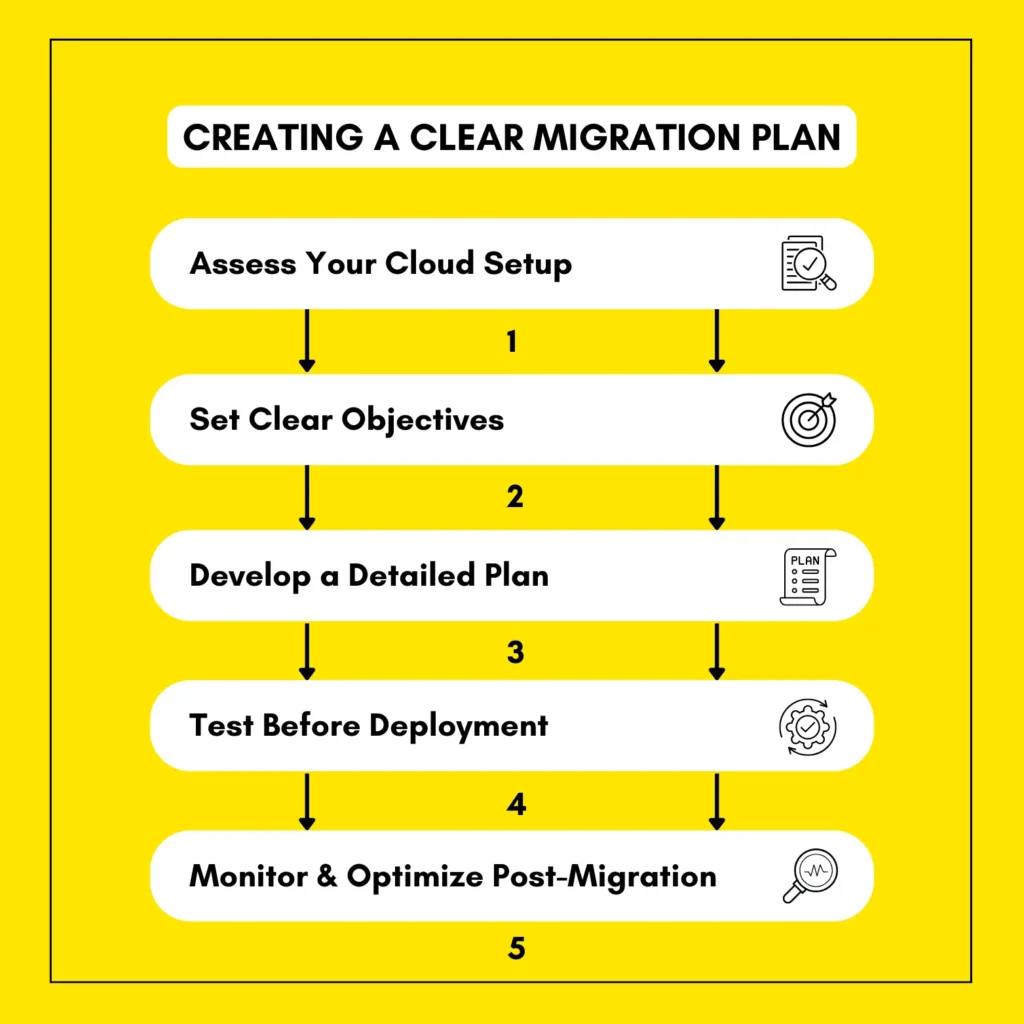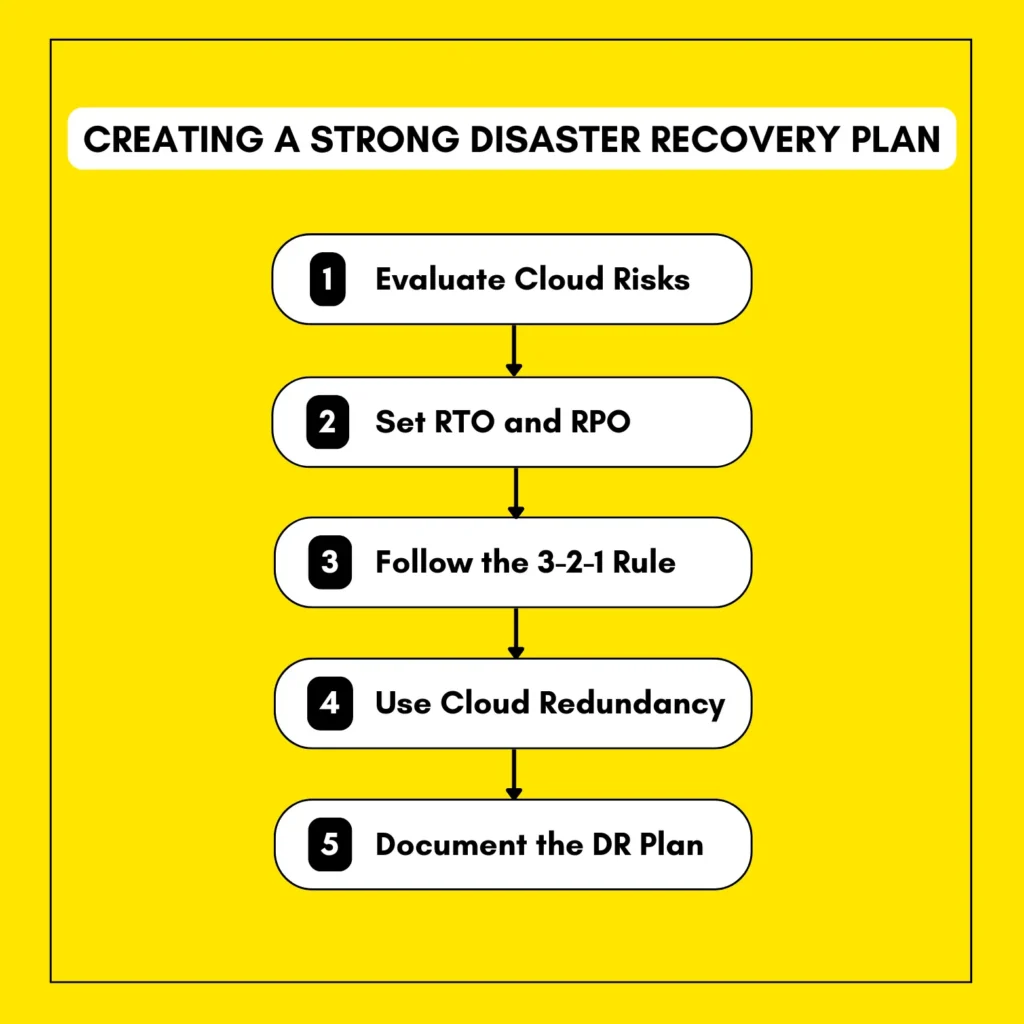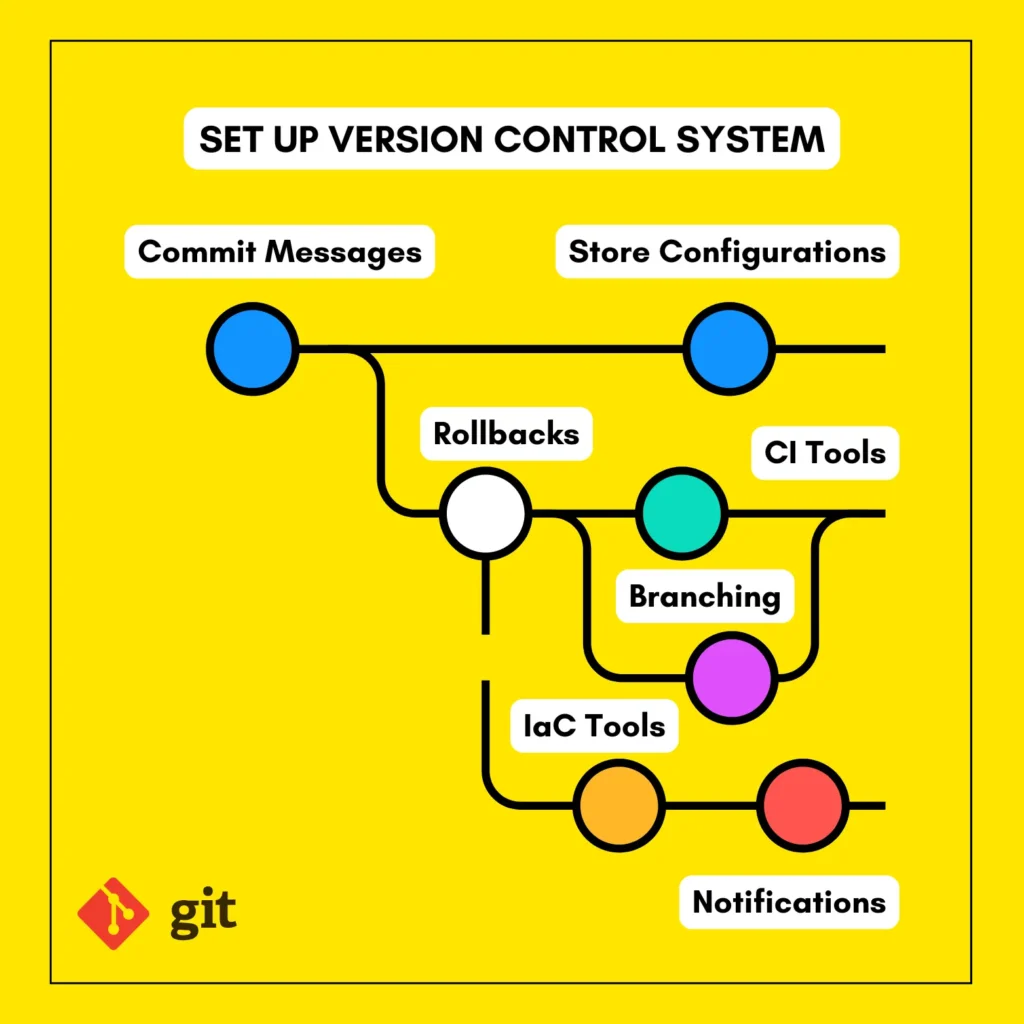Building a strong cloud infrastructure is key to success, but it’s not always as simple as it sounds. In this article, we’ll explore the best practices for implementing IaaS that every cloud architect should know to build a reliable, scalable, and cost-effective system.
IaaS, or Infrastructure as a Service, is a cloud computing model that delivers virtualized computing resources over the internet, including servers, storage, and networking. The adoption of IaaS has been growing steadily, and by 2032, the global IaaS market is projected to reach around $738.11 billion (Fortune Business Insights).
However, IaaS can become a great challenge for organizations if not implemented properly. According to Nutanix, 33% of administrators reported that scaling IaaS was not as simple as they expected.
Why Best Practices Matter in Implementing IaaS
- Foundation For Stability: Just like a house needs a strong foundation, cloud infrastructure requires well-planned architecture to ensure reliability and performance.
- Cost Efficiency: Without best practices, resources can be over-provisioned or underutilized, leading to unnecessary expenses.
- Security & Compliance: A structured approach helps mitigate risks, ensuring data protection and regulatory compliance.
- Scalability & Flexibility: Following best practices makes it easier to scale resources up or down based on business needs.
- Operational Efficiency: A well-structured IaaS setup reduces management overhead and improves automation potential.
- Long-Term Success: Cutting corners may work initially, but poor planning can lead to performance bottlenecks and costly fixes later.
6 Best Practices for Successful IaaS Implementation
With the right steps in place, IaaS can deliver great results. Below are six best practices to help you get the most out of your cloud infrastructure.
1. Choose the Right IaaS Provider for Your Needs
The foundation of a successful cloud infrastructure begins with selecting the right cloud platform for your business’s needs and goals. This choice has long-term implications, as it will influence how your cloud infrastructure performs and evolves over time.
Once you decide to move your on-premises IT infrastructure to the cloud, consider these factors to get the most out of your cloud vendor:
- Identify Your Business Needs: First, ask yourself what your business really needs. If you’re running applications that require high-speed data processing, look for a provider with powerful computing options and low-latency networks. If storage is your top priority, look for a provider with flexible and affordable storage options.
- Think About Reliability: Downtime can be costly, so it’s important to choose a provider that guarantees high uptime, whether you’re working with public, private, or hybrid cloud setups. Most big names like AWS, Azure, and GCP offer at least 99.9% availability, but it’s still a good idea to check their track record and Service-Level Agreements (SLAs).
- Consider Scalability: Your business might be small now, but your cloud needs will change as it grows. Choose a provider that can easily scale with your business without pushing you into costly upgrades or migrations.
- Don’t Forget About Support And Security. Even the best systems can have problems, so make sure you choose a provider with responsive customer support. Prioritising security features like data encryption and multi-factor authentication will help protect your business from potential threats.
2. Create a Clear IaaS Migration Plan
The next step is migration once you’ve selected the right cloud provider. Having a clear migration plan makes the entire process easier and ensures your business is fully prepared for the cloud. However, you risk disrupting your operations and facing unexpected cloud costs without a plan.
To create a solid IaaS migration plan for your business, follow these steps:
- Assess Your Current Setup: Begin by evaluating your current IT infrastructure. Identify which applications and data are ready for migration. A thorough assessment helps ensure that only necessary and up-to-date resources are moved, saving you both time and money in the long run.
- Set Clear Objectives: Clearly define your goals for the IaaS migration. Whether they are cost savings, improved scalability, or better performance, having specific objectives will guide your strategy and help you measure the success of your cloud transition.
- Develop a Detailed Plan: Outline each step of the IaaS migration process. Define roles, set timelines, and include checkpoints to track progress. A well-organized plan reduces risks and keeps the migration on track.
- Test Before Full Deployment: Run pilot tests before migrating fully to IaaS. This helps identify issues early and allows you to fix problems without affecting your entire operation.
- Monitor and Optimize Post-Migration: After migrating to IaaS, monitor performance regularly to ensure everything is working as expected. Be prepared to make adjustments to improve your new IaaS environment when necessary.

3. Develop a Disaster Recovery Plan for IaaS
Disaster recovery (DR) is critical to any cloud infrastructure, especially for IaaS. Since IaaS environments host critical business data and applications, unexpected disruptions like cyberattacks, hardware failures, or natural disasters can have serious consequences. A solid DR plan helps protect your business from these risks, ensuring continuity and reducing the impact of unpredictable events.
You can build a strong disaster recovery plan for your IaaS environment in simple steps. Here’s how:
- Evaluate Cloud Risks: Identify potential threats to your cloud infrastructure. These threats could include natural disasters, technical failures, or cyberattacks that may disrupt your IaaS setup.
- Set RTO and RPO: Define your Recovery Time Objective (RTO) and Recovery Point Objective (RPO). RTO refers to the maximum downtime allowed for your IaaS services, while RPO indicates the maximum acceptable data loss.
- Follow the 3-2-1 Rule: Keep three copies of your data to ensure regular backups. Store them on two different media types, with one copy kept off-site, as the U.S. Cybersecurity and Infrastructure Security Agency (CISA) advised.
- Use Cloud Redundancy: Work with multiple cloud providers to strengthen your disaster recovery plan. If one IaaS provider experiences an outage, you can quickly switch to another, ensuring your services stay up and running.
- Document the DR Plan: Write down every aspect of your disaster recovery plan. Ensure that all stakeholders are aware of their responsibilities in the event of a disaster.

4. Ensure Compliance and Security in IaaS
Security and compliance in IaaS are crucial. Your IaaS environment probably stores sensitive data, such as customer information, trade secrets, or financial records. A security breach could damage your business’s reputation and finances. Furthermore, regulations like GDPR or HIPAA require strict security measures, and failing to follow them can lead to heavy fines or even service suspension. Staying compliant isn’t just about avoiding penalties but also about building and maintaining trust with your customers and partners.
Here are some of the popular tools you can consider to secure your IaaS setup:
- AWS KMS / Azure Key Vault: Protect your data by encrypting it when stored and during transfer. This guarantees that your data stays protected, even if intercepted. Additionally, they allow you to control access to your encryption keys, providing an added layer of protection.
- AWS Config / Azure Policy: Automatically review your IaaS setup to ensure it complies with regulations, such as privacy laws and security standards. They send alerts and reports so you can quickly identify any issues and stay compliant.
- Datadog / Palo Alto Prisma Cloud: Monitor your system for weaknesses or security risks. They help you identify and resolve issues quickly, ensuring your IaaS environment remains secure and compliant with regulations.
5. Implement Version Control for IaaS Changes
In IaaS, your infrastructure can change quickly as teams make updates or adjust resources. Without a way to track these changes, it can be hard to remember who made what changes and why. Version control acts like a “change log,” recording each update, similar to how a project manager tracks changes to a building plan. If an issue arises, you can quickly review and restore past versions when needed.
Here’s how you can set up version control in your IaaS environment:
- Store Configurations in a Version Control System: Store your IaaS configurations, such as templates or scripts, in a version control system like Git. It maintains an organized record of every change, making it easier to track updates over time.
- Use Branching Strategies: Apply branching strategies to manage different versions of your IaaS setup so that you can safely test and develop changes in isolated environments before merging them into the main configuration.
- Enable Rollbacks: Allow rollbacks to quickly restore your IaaS infrastructure to a stable state if an update causes issues. It helps minimize downtime and simplifies the troubleshooting process for you.
- Set Up Continuous Integration: Use continuous integration (CI) tools to automatically test and validate changes in your IaaS environment. In this way, you can catch errors early and ensure that only validated changes are deployed.
- Use Infrastructure as Code (IaC): Use IaC tools like Terraform with version control to automatically log every change, reducing the risk of undocumented adjustments while keeping your environment organized.
- Write Clear Commit Messages: Write clear and detailed commit messages for each change to your IaaS environment so that team members can easily understand the purpose behind each update.
- Set Up Notifications for Changes: Enable notifications for updates in the IaaS version control system to keep the team informed and aligned with the current state of the infrastructure.

6. Track Deployment Performance in IaaS
Once you’ve followed the above best practices for your IaaS implementation, it’s important to track the performance of your deployments. This helps ensure that your infrastructure grows as needed, your applications work well, and resources are used wisely. Key metrics like latency, resource use, and error rates clearly show how things are going.
Here’s how you can track deployment performance in IaaS:
- Monitor Latency: Keep an eye on latency to ensure your applications respond quickly. High latency may point to network issues or limited resources.
- Check Resource Usage: Track how much CPU, memory, and storage are being used. Regular tracking helps prevent overuse and ensures resources are allocated properly.
- Analyze Error Rates: Monitor error rates to spot issues that could affect your IaaS setup. A sudden increase in errors could indicate misconfigurations or problems with deployed applications.
- Review Deployment Time: Track the time it takes for deployments to complete. If they take longer than expected, investigate possible causes, such as limited resources or inefficient processes that could slow down the workflow.
- Utilize Monitoring Tools: Use cloud-native monitoring tools, like AWS CloudWatch, Azure Monitor, or Google Cloud Operations to get real-time insights and alerts on your infrastructure performance.
Key Takeaways: A Winning IaaS Strategy for Your Cloud Success
Building a strong cloud infrastructure starts with getting the basics right and staying consistent. Every choice, from picking the right provider to monitoring performance, shapes how reliable, scalable, and secure your setup will be.
By following these best practices for implementing IaaS, cloud architects can save time and money while avoiding unnecessary headaches. It ensures your systems remain protected, your resources are used wisely, and your infrastructure is ready for growth.
But remember, the job doesn’t end once everything is set up. Ongoing monitoring, regular updates, and keeping things compliant are essential for maintaining a healthy IaaS environment. With a clear strategy and the right tools, you’ll be in a great position to make the most of IaaS and handle whatever comes your way.
If you’re considering other cloud service models, like serverless computing, alongside IaaS, check out our Serverless Computing Guide For Beginners to see how they compare to and complement IaaS solutions.

